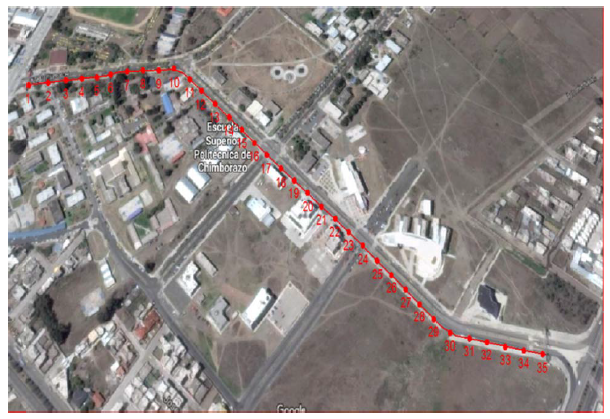Coupling architecture between INS / GPS for precise navigation in established trajectories
Main Article Content
Abstract
A prototype based on development cards for coupling the inertial navigation system with GPS is implemented to improve navigation accuracy on a trajectory. Initially, it is necessary to calibrate the inertial measurement unit (IMU) using the MADGWICK filter to obtain reliable raw data. The global positioning system (GPS) and IMU signals are coupled through the Tight Coupling architecture using the Kalman filter to concurrently eliminate correlated errors between systems and achieve better accuracy in the general navigation solution used for unmanned aerial vehicle (UAV) applications. The final application, called LJLAB, is developed in Matlab® with the aim of processing and visualizing the measured data of both systems (independent and coupled). The application can show the error in positioning accuracy between technologies being statistically verified through the experimental method ANOVA, which computes the absolute error between the actual points and those measured by analyzing the mean and variance of the observed data.
Downloads
Article Details
Section

This work is licensed under a Creative Commons Attribution 4.0 International License.
Authors who publish in this journal agree to the following terms: Authors retain the copyright and guarantee the journal the right to be the first publication of the work, as well as, licensed under a Creative Commons Attribution License that allows others share the work with an acknowledgment of the authorship of the work and the initial publication in this journal. Authors may separately establish additional agreements for the non-exclusive distribution of the version of the work published in the journal (for example, placing it in an institutional repository or publishing it in a book), with acknowledgment of its initial publication in this journal. Authors are allowed and encouraged to disseminate their work electronically (for example, in institutional repositories or on their own website) before and during the submission process, as it may lead to productive exchanges as well as further citation earliest and oldest of published works.

